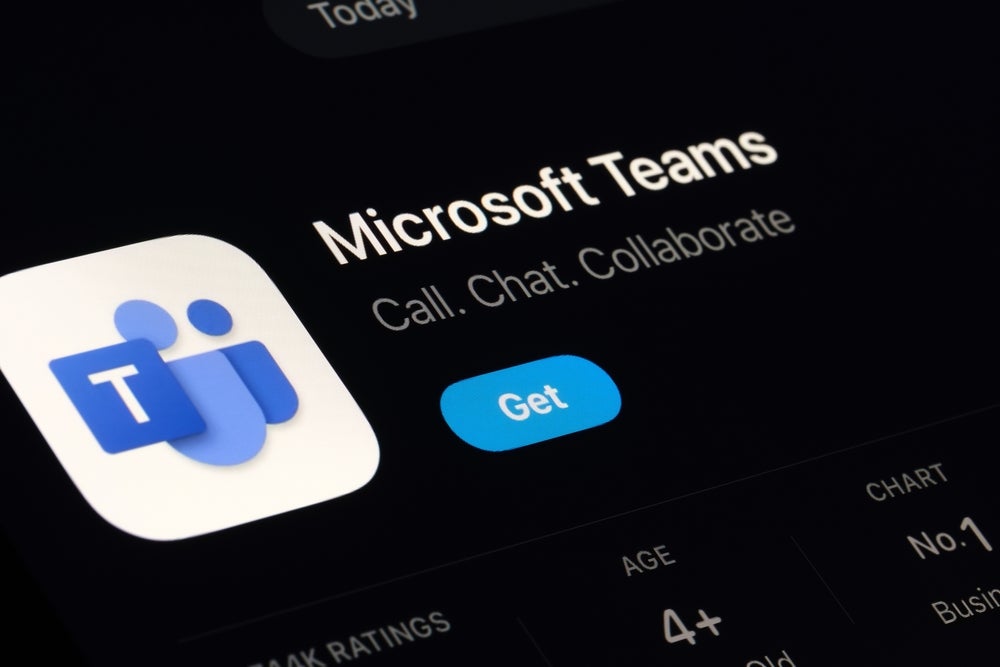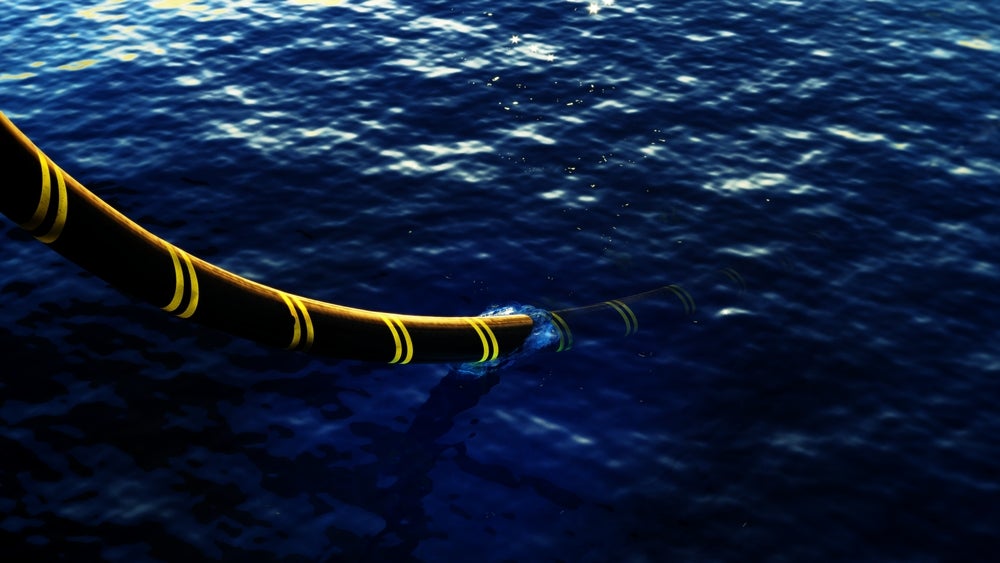VMware has filed a patent for techniques that enable the recovery of dirty data in remote memory using Remote Direct Memory Access (RDMA). In the event of a failure at the source host system, a failover host system can allocate a new memory region, retrieve a baseline copy of the memory region from a shared storage backend, and populate the new memory region with the baseline copy. The failover host system can then retrieve one or more dirty page lists from the source host system via RDMA, which identify memory pages with data updates not present in the baseline copy. The failover host system can copy the content of these memory pages from the source host system to the new memory region via RDMA. GlobalData’s report on VMware gives a 360-degree view of the company including its patenting strategy. Buy the report here.

Access deeper industry intelligence
Experience unmatched clarity with a single platform that combines unique data, AI, and human expertise.
According to GlobalData’s company profile on VMware, network virtualization was a key innovation area identified from patents. VMware's grant share as of September 2023 was 77%. Grant share is based on the ratio of number of grants to total number of patents.
Rdma-based recovery of dirty data in remote memory
A recently filed patent (Publication Number: US20230315593A1) describes a method for handling failures in a host system. The method involves allocating a new memory region in the failover host system that corresponds to a memory region in the source host system. Metadata pertaining to the memory region is retrieved from the source host system via a remote direct memory access (RDMA) connection. The metadata identifies one or more portions of the memory region. For each portion identified by the metadata, the content of the portion is copied from the memory region to the new memory region using the RDMA connection.
In addition to the basic method, the patent also includes additional steps. If a virtual machine (VM) is migrated from the source host system in response to the failure, the method includes receiving the VM prior to the allocation of the new memory region. If a virtual persistent memory module exists in the configuration file of the VM, the new memory region is allocated to have the same size as the virtual persistent memory module. After the copying process, the virtual persistent memory module is mapped to the new memory region.
The failure mentioned in the patent can cause the operating system (OS) or hypervisor of the source host system to become inoperable. To ensure data integrity, a baseline copy of the memory region is retrieved from a shared storage backend before retrieving the metadata. The baseline copy represents a copy of the memory region captured via a periodic flushing operation to the storage backend prior to the failure. The new memory region is then populated with the baseline copy. The metadata may include data updates that are absent in the baseline copy.
The patent also includes claims for a non-transitory computer readable storage medium and a host system that implement the described method. The host system includes a processor, physical memory, a network interface controller (NIC), and a non-transitory computer readable medium with program code that enables the processor to perform the steps of the method upon the occurrence of a failure at another host system.
Overall, the patent describes a method for handling failures in a host system by allocating a new memory region, retrieving metadata, and copying content from the source host system to the failover host system. The method includes additional steps for handling virtual machines and ensuring data integrity. The patent also includes claims for a computer readable storage medium and a host system that implement the method.
To know more about GlobalData’s detailed insights on VMware, buy the report here.
Data Insights
From

The gold standard of business intelligence.
Blending expert knowledge with cutting-edge technology, GlobalData’s unrivalled proprietary data will enable you to decode what’s happening in your market. You can make better informed decisions and gain a future-proof advantage over your competitors.







